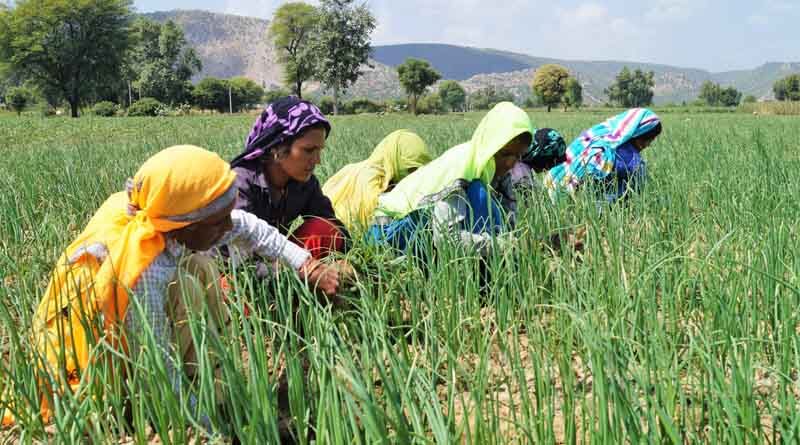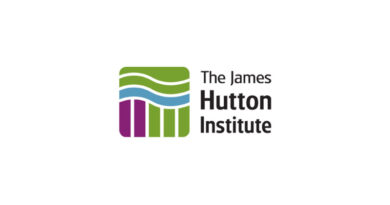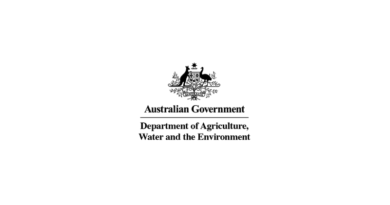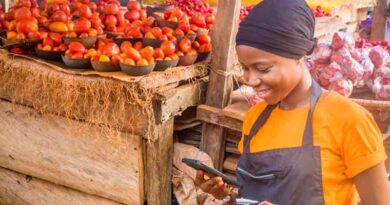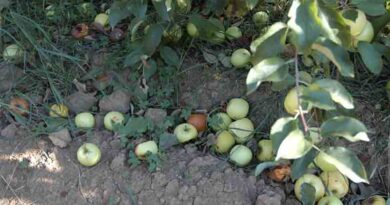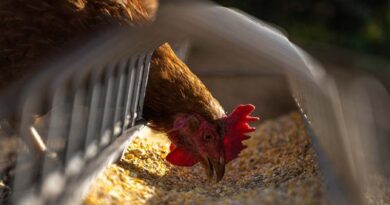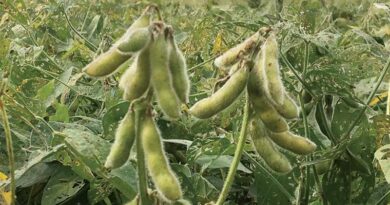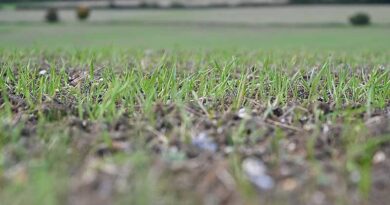Integrated agriculture development is the key to food security
Guest Post: S M Sehgal Foundation
01 February 2023, New Delhi: In a country with a large and growing population, India requires an integrated approach that balances sustainability, food security, and food safety. Goals of self-sufficiency should also look at a reduction of wastage and efficient use of food already produced. Agriculture is skewed toward increasing food production, and while the production targets are being met, urgent needs are to:
– Protect the food value chain from loss, and
– Ensure the availability of biosecure, safe, and nutritious food.
The need of the hour to achieve sustainable food security is to look at holistic solutions that require us to address the following issues:
- Adequate food production and sufficient availability of food.
- People gaining access to and purchasing the required food.
- Balanced food in terms of nutrition with respect to energy, proteins, and micronutrients, and is safe for consumption.
- A stable environment for the above conditions.
- Investments in food and agriculture research must look at promoting innovation to protect the food value chain from loss.
While the challenges are mammoth, some options can be used to achieve this transition toward sustainable food security.
Some of these can be in the areas of:
- Intensification that is sustainable and eco-functional.
- Sustainable diets.
- Reduction of food loss and waste.
- Proper governance and trade arrangements.
Vital considerations to these approaches should be built on the edifice of ecological dimensions, resource footprints, resilience, and above all, social dimensions of food security. In a scenario of climate and environmental change, it is critical to be able to deal with shocks and stress in food production and distribution without increasing the risks of hunger.
On a grassroots level, some of the considerations to take this vision forward can be in the following areas:
1) Soil conservation. Soil conservation measures have a dual benefit for the immediate environment and long-term sustainability. If the soil is unhealthy, unstable, or polluted, the life cycle of the agricultural system is arrested. The primary threats to soil conservation are climate change and traditional farming practices. Farming practices have led to the overuse of harmful pesticides that contaminate soils, slash-and-burn methods, and land overuse. Soil is essential to food production. Soil conservation can help address food insecurity and promote healthy communities. In the long run, healthy soil can help in climate change and thereby mitigate its impact.
2) Cropping patterns. The farming community is largely unaware of the crops most suitable for a specific kind of soil and land. Being driven by other considerations, farmers give little importance to their soil type, location of land, slope, climatic conditions, etc., in their choice of cropping. The aim should be to (a) match the natural resources to discover the optimal cropping pattern of crops, (b) find the optimal cropping pattern to improve irrigation sustainability, and (c) explore the development potential of future sustainable irrigation.
3) Fertilizers and pesticides. The excessive use of inorganic fertilizers has caused serious environmental degradation, resulting in lower crop yields in India. The government has given subsidies to farmers for the purchase of chemical fertilizers and pesticides. To supplement the yields from their farmland, farmers have resorted to fertilizer broadcasting, increased frequency, and high quantities of fertilizer application. This is a vicious cycle and, in the long run, results in contamination of soil and pollution, further reducing the yield. The correct dose of fertilizer to be used must be individualistic and land-specific. Prescribing individual farmers the right dose of fertilizers is important to rejuvenate the micronutrients in the soil in a natural way. Fertilizer addiction should be avoided at all costs, as it leads to a reduction in mineralization and available soil nutrients. Pesticide control and propagation of organic pesticides would also go a long way in preserving the sustainability of the agricultural system.
4) Agricultural mechanization. Mechanization in agriculture is a double-edged sword. On the one hand, farmers have access to improved agricultural tools and powered technologies that lead to improved agricultural practices for increased production. On the other, the detrimental effects of mechanization on arable land are substantial. Sustainable mechanization can help in increased productivity and thereby achieve food security. It supports timely seeding and planting, weed control, pest management, precise fertilizer application, harvesting, etc. A holistic approach links mechanization to the identified activity, so that appropriate implements are available to the farmer.
5) Wastage reduction. A major factor in improving food security is to address issues of food loss and waste reduction. This has a spinoff on improved nutrition, reduction in greenhouse emissions, and reducing the pressure on water and land resources. Addressing these issues entails understanding the dynamics of “how much and where” since geographical considerations and losses along the supply chain lead to loss or wastage of foods. For instance, in a vast country such as India, proper storage facilities, including cold storage across the chain, are inadequate. Establishing linkages through proper marketing operations, processing plants, retail markets, etc., is key to a remunerative and holistic agricultural chain.
PROMOTING GOOD AGRICULTURAL DEVELOPMENT PRACTICES (GAP)
S M Sehgal Foundation, a sustainable rural development NGO in India, has been working since 1999 to improve the quality of life of rural communities in India. Sehgal Foundation creates and undertakes sustainable programs to address rural India’s most pressing needs. Sehgal Foundation has main program areas, Water Management, Agriculture Development, Local Participation, and Sustainability, Transform Lives one school at a time, and Outreach for Development, which is supported by a skilled research team that engages in participatory research, impact assessment, and interactive dialogues to determine informed actions to achieve sustainable results.
S M Sehgal Foundation kicked off Sustainable Guar Project in Sriganganagar, Rajasthan, with its partner organization, Ashland LLC, to improve and replicate its agricultural development and water management innovations to improve the quality of life of the farming community. The project commenced with 250 farmers in 2021–22 in ten villages of Sriganganagar. The overwhelming response to the initiative has led to an extension of the project which aims to add 1,600 farmers every year. By 2025, the project goal is to cover 5,000 farmers.
The project aims to train farmers about regenerative and climate-smart agriculture, and they will be trained about the Package of Practices (PoP) of guar and other crops. PoP will help farmers understand the importance of balanced nutrition for their crops. It further helps to reduce the cost of cultivation and increases overall profitability.
Cluster bean (guar) is a crop that requires less water, fewer fertilizers, and less labor compared to crops like cotton and soybean. It also helps in nitrogen fixation, which further provides nitrogen to next year’s crop. Thus the project is promoting guar sowing for crop rotation to maintain soil health and promote crop diversity.
Farmers are using guar for their consumption, along with selling seeds of guar directly in the market. The promotion of guar is to be included in the food chain as it has high nutritive value, and it is widely used in India as a vegetable. Due to rate hikes in recent years, farmers can manage the cost economics of this crop and increase areas under guar cultivation. Farmers have shown a good response and are motivated to join the program. This initiative will deliver inputs and training and promote innovative farm technologies and better agronomic practices, which will bring holistic and sustainable development to the farming community.
CONCLUSION
Integrated agriculture prescribes what is best suited for the farmer. The next step is to tap the components by converging schemes to ensure horizontal linkages, planning, and, most important, optimum use of the resources available for the best suitable and sustainable outcomes. Systematic efforts require research agencies and extension staff to educate and inform farmers about the crops most suitable for specific kinds of soil and land.
(For Latest Agriculture News & Updates, follow Krishak Jagat on Google News)

